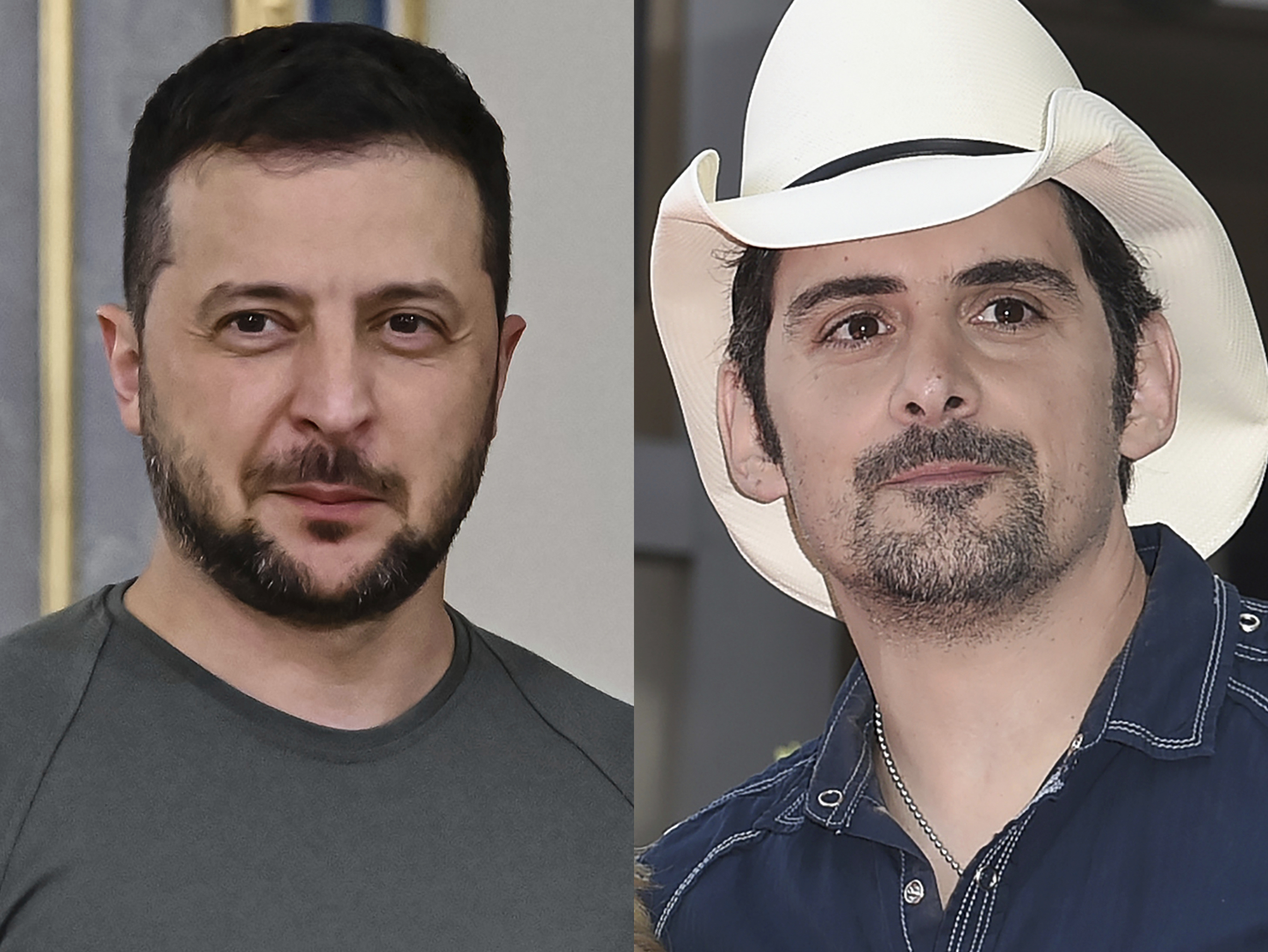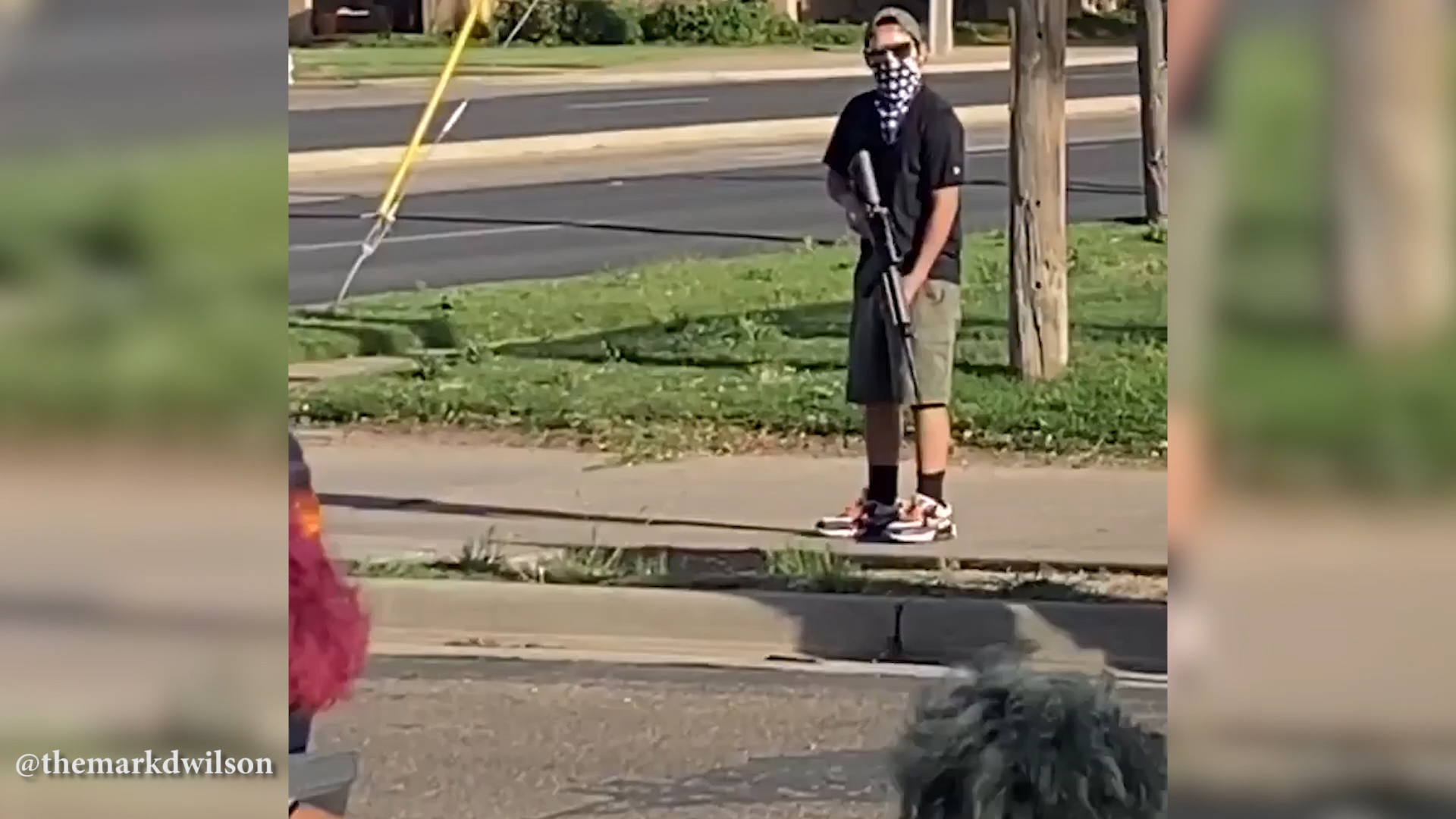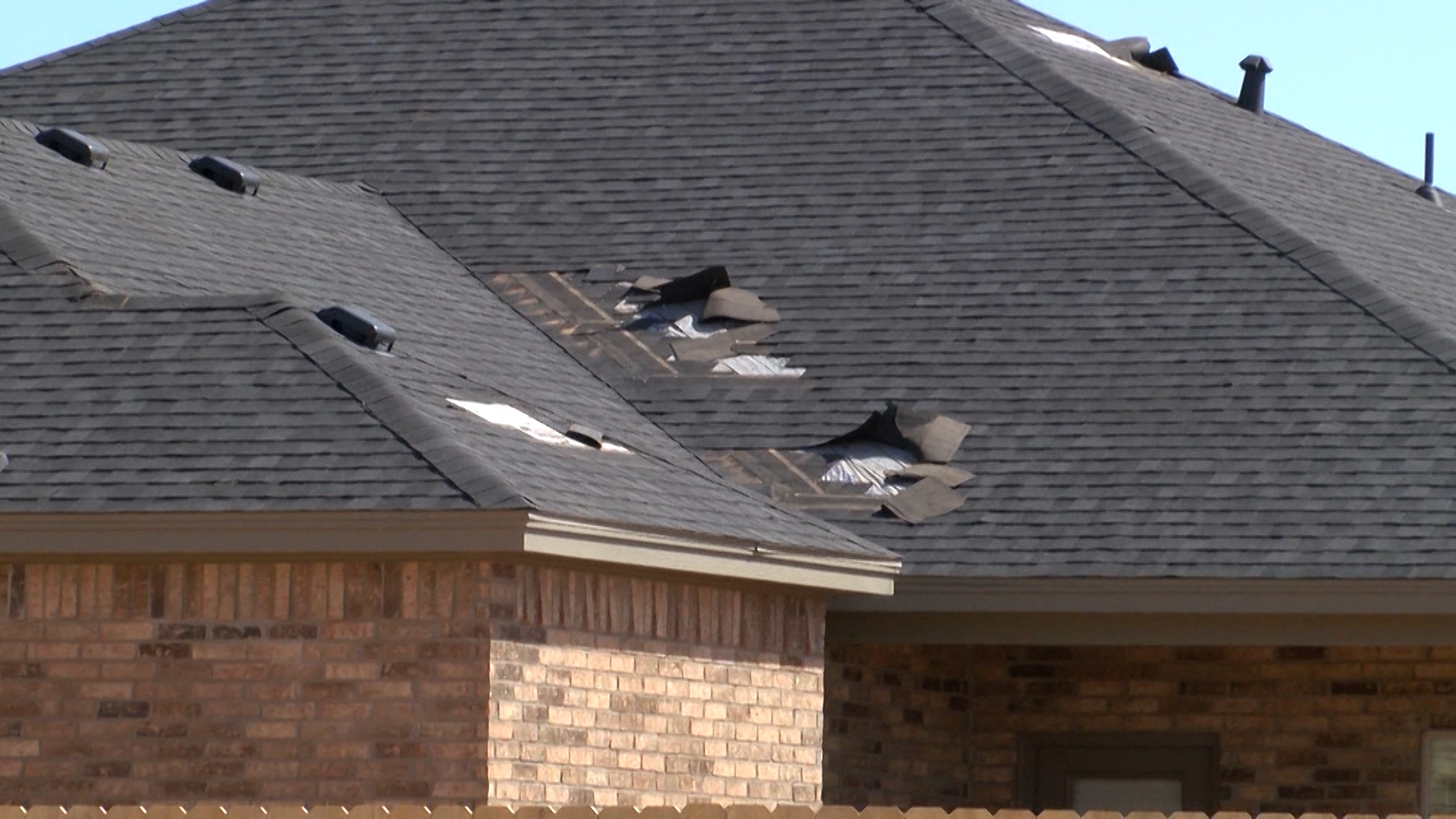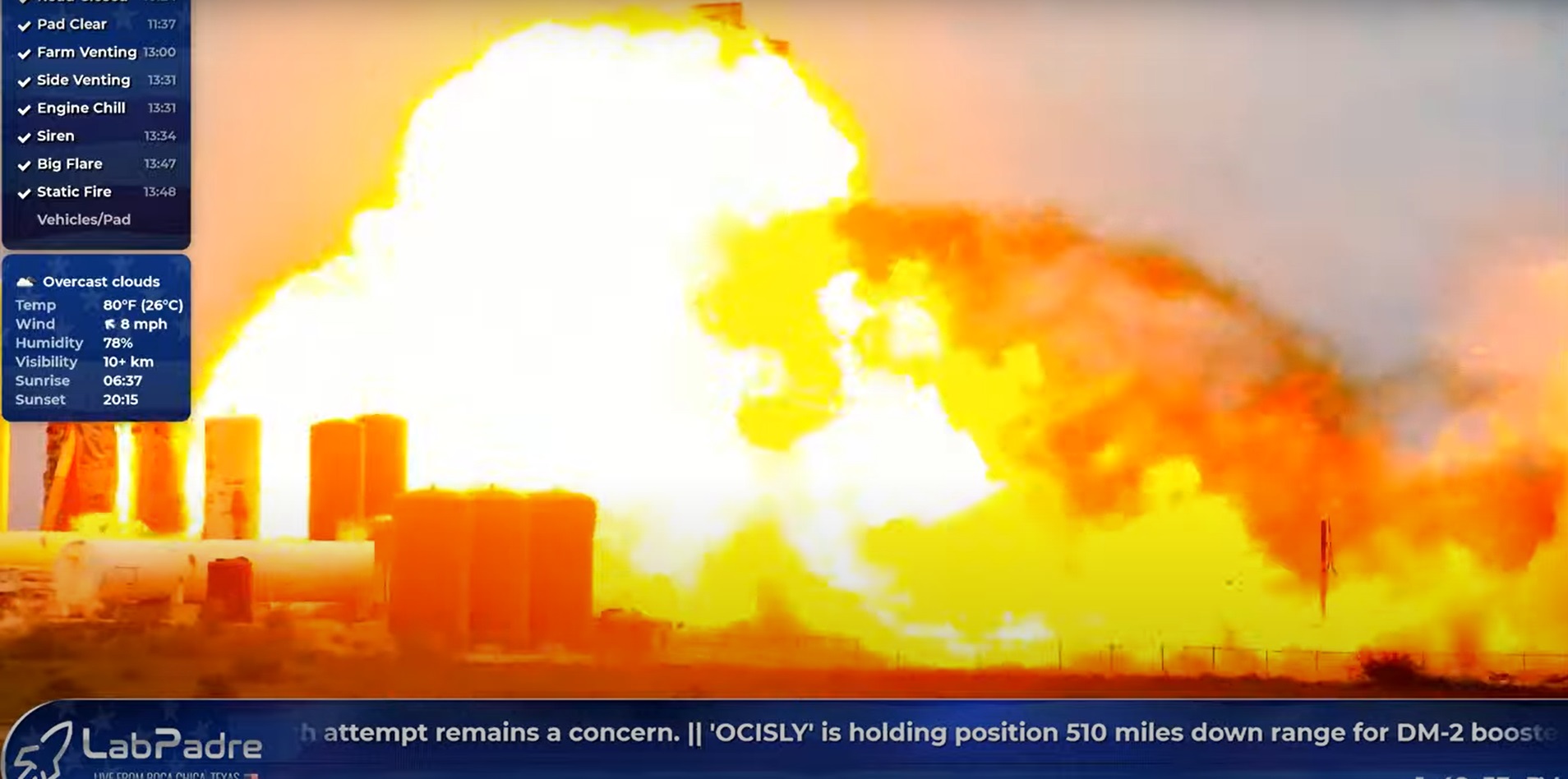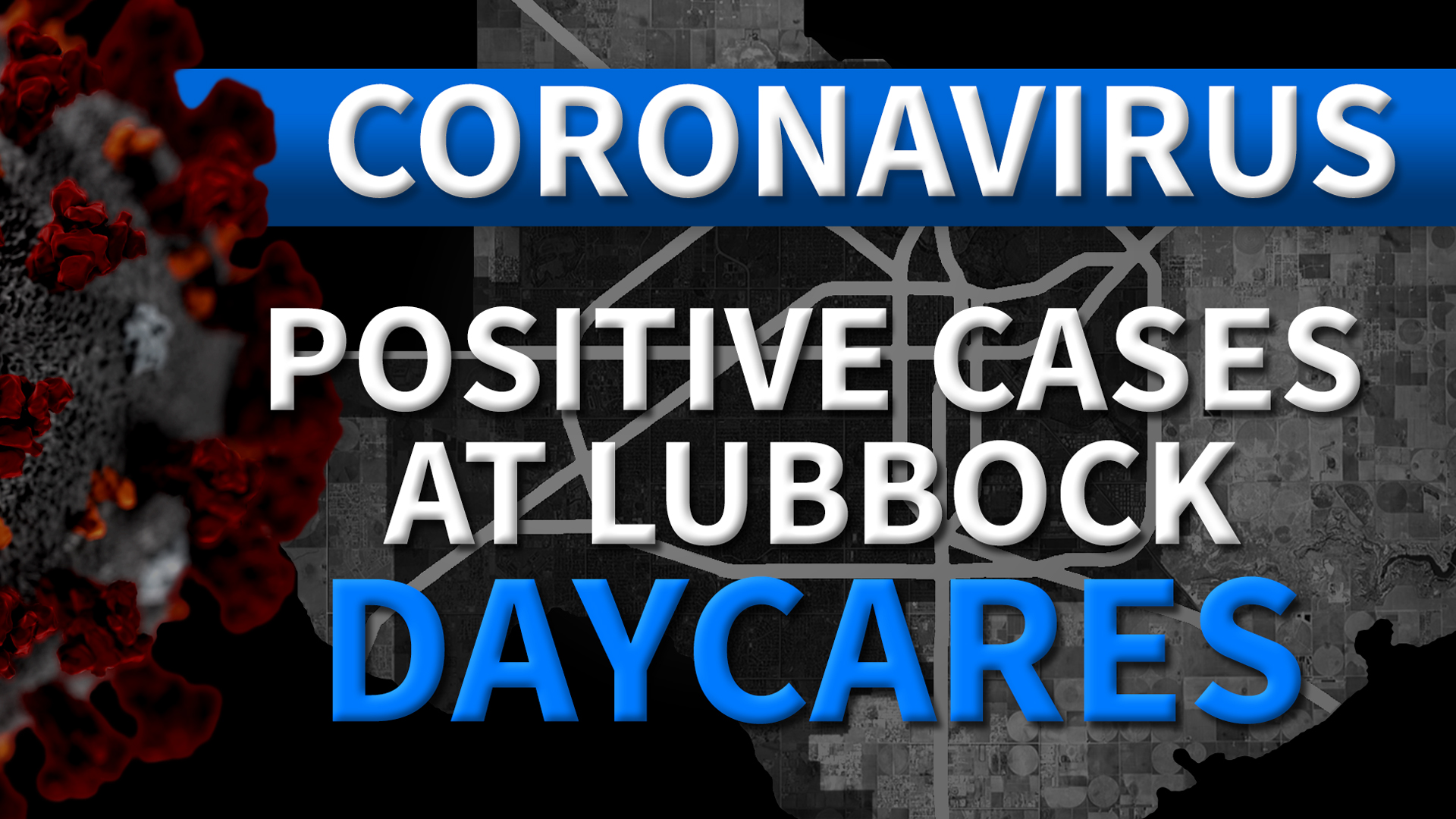McALLEN, Texas (Border Report) — The blasting of a desert area known as Monument Hill was expected to continue on Wednesday afternoon in a remote corner of southwestern Arizona, where indigenous graves and endangered animals and plants live, an environmentalist said.
Laiken Jordahl, a borderlands campaigner for the Center for Biological Diversity, said the area is being “utterly destroyed” by the blasts that began a week ago for border wall construction in Arizona’s Organ Pipe Cactus National Monument. In a video he tweeted on Wednesday morning, Jordahl showed signs warning of construction blasting in an area that is sacred to the Tohono O’odham indigenous tribe.
“They are blowing up a mountain in a national monument on sacred indigenous lands to build the wall. This complete disregard for sacred sites, for indigenous sovereignty is despicable,” Jordahl told Border Report via phone on Wednesday morning. “Even for the Trump administration, even for Border Patrol, this is a new low.”
Jordahl says blasting is being done intermittently on the ridge in order for construction crews to cut a “huge chunk” of land to build the border wall to connect it to about 3 miles of new 30-foot-tall border wall that has been built in this remote desert area since November. The construction swath is wide, he said, because of a 60-foot all-weather road that is being built beside the border wall, which will go up this mountain alongside the wall to enable law enforcement to drive at high speeds.
“The new wall is twice as tall and there’s a lot more ground disturbance,” Jordahl said. “They’re blasting a super highway through this mountain.”
We are seeing incredible damage — irreversible damage — being done to Organ Pipe Cactus National Monument to sacred indigenous lands, to habitat and wildlife. It’s hard to imagine the desert here will ever recover.”
Laiken Jordahl, borderlands campaigner for the Center for Biological Diversity
“We are seeing incredible damage –irreversible damage — being done to Organ Pipe Cactus National Monument to sacred indigenous lands, to habitat and wildlife. It’s hard to imagine the desert here will ever recover,” Jordahl said in the video post.
U.S. Border Patrol officials confirmed in a statement on Wednesday afternoon that the area is being subjected to “controlled blasting in preparation for new border wall construction.” But they added that the measures are being monitored to protect the region.
“CBP conducted biological, cultural, and natural resource surveys of all new border wall system projects currently being executed in the Tucson Sector including the area of Monument Mountain within the Organ Pipe Cactus National Monument,” the statement said. “CBP has and will continue to coordinate with federal land managers, state agencies, local governments, tribal governments, and other interested stakeholders to obtain information about the possible presence of sensitive resources that may be within the project areas and to develop site-specific construction best management practices to be implemented by the contractor during construction activities that avoid or minimize impacts to resources to the great extent possible.”
But Jordahl, who has been in Organ Pipe Cactus National Monument this week, said he has seen no regard for protecting the land there.
“We are truly living a nightmare in the border lands. We are watching walls be built on all four border states. We are watching places like Organ Pipe be completely and utterly destroyed,” Jordahl said. “None of this would be legal if normal environmental laws were in place like the Native American Graves and Repatriation Act, or the Endangered Species Act, or the National Environmental Policies Act. Every relevant law has been waived in order to rush construction.”
The Center for Biological Diversity has filed a half dozen lawsuits to stop the construction. This includes a Jan. 31 petition to the U.S. Supreme Court in a case that alleges that the waiving of these federal laws for border wall construction in Arizona, Texas, New Mexico and California, is illegal.
Read the Center for Biological Diversity’s petition to the U.S. Supreme Court.
“Trump has taken a chainsaw to the Constitution to build his wildly destructive border wall,” Jean Su, an attorney at the Center for Biological Diversity, said in a statement. “He’s done an end run around Congress and waived dozens of laws that protect our air, water, wildlife and public lands. The Constitution prohibits this outrageous executive overreach, and we’re asking the Supreme Court to defend these bedrock principles of our democracy.”
The waiver authority, granted by Congress in 2006, expired years ago and is an unconstitutional delegation of power from the executive branch in violation of the separation of powers, the lawsuit says. This “violates the separation of powers, the non-delegation doctrine, and the Presentment Clause of the Constitution.”
Jordahl in November organized a protest at Organ Pipe Cactus National Monument that attracted about 500 people from all over the country who are opposed to the building of a border wall there.
Read a Border Report story on the protest.
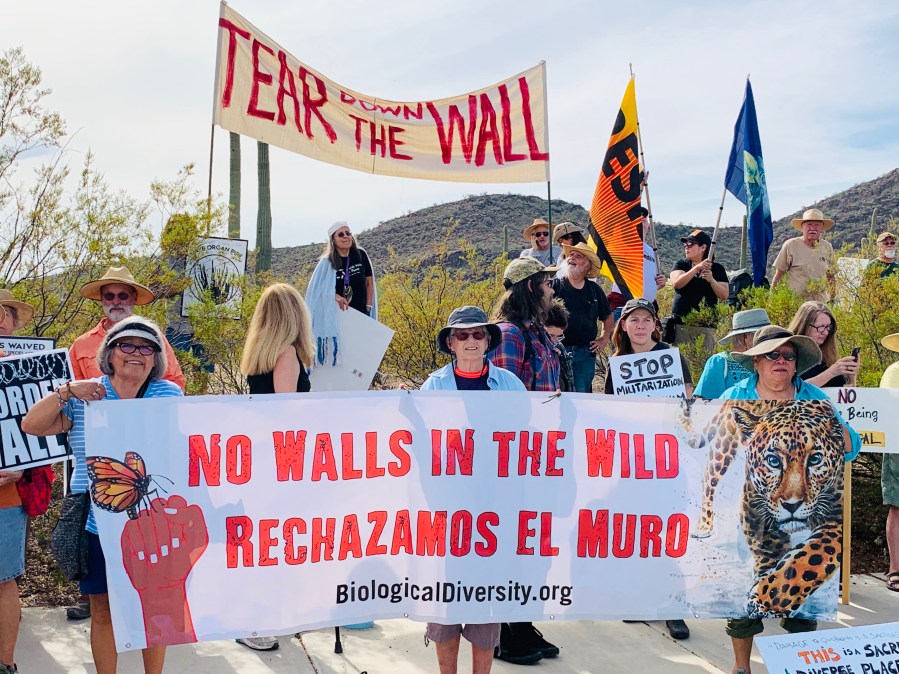
This 500-square-mile wildlife refuge — which is known as “Valley of the Ajo” — is a recharge zone where U.S. Parks and Wildlife for years has been trying to stimulate the growth of native cacti and help to preserve four endangered species native to the area, including the Quitobaquito pupfish, the acuña cacti, the Sonoran pronghorn, and the lesser long-nosed bat.
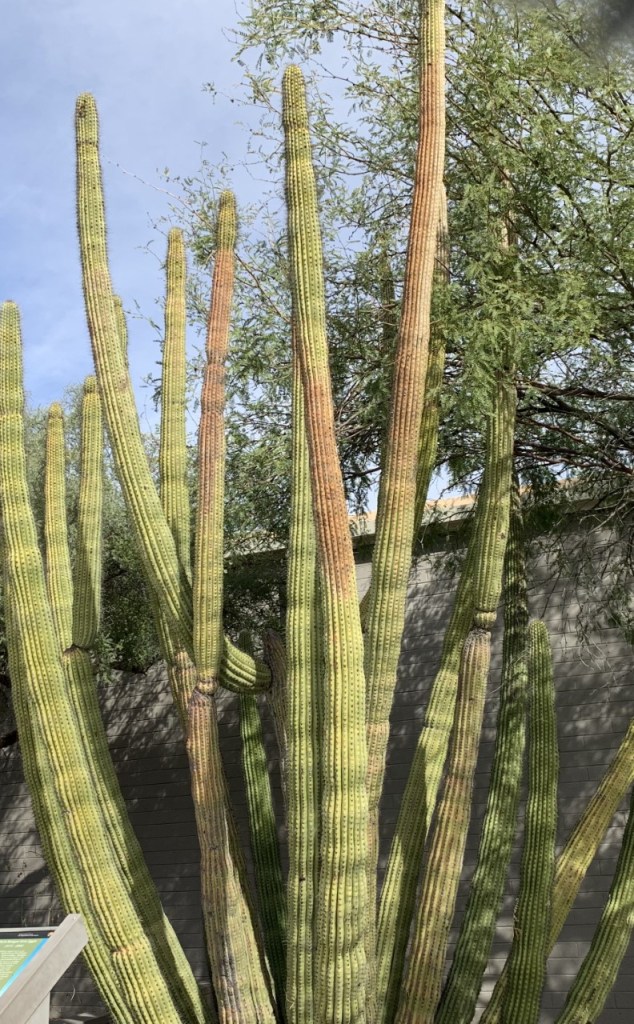
Sandra Sanchez)
The endangered Quitobaquito pupfish only live at the monument’s Quitobaquito Springs, which Jordahl said is also home for the main population of the endangered Sonoyta mud turtle. In addition, the springs are a body of water that the Tohono O’odham people consider sacred, former tribal leader David Garcia told Border Report in November.
Jordahl said border wall contractors are extracting water from the underground Quitobaquito aquifer and he worries that the area will go dry and the 31 varieties of desert cactus and other wildlife will suffer.
“We remain extremely concerned that the water extraction could destroy the springs and the area’s wildlife,” Jordahl said.
Garcia, who was a tribal leader from 1995 to 2003, took part in the November demonstration and told Border Report that the bones of his ancestors are buried throughout this national park and that his people believe the wall construction and its concrete base several feet into the ground is disturbing their resting places.
“It was important to be here,” Garcia said as he carried a sacred tribal fan made of feathers. “And to acknowledge all the other people who are here supporting Indian issues throughout the United States, and also people of color.”
Visit the BorderReport.com homepage for the latest exclusive stories and breaking news about issues along the United States-Mexico border.



